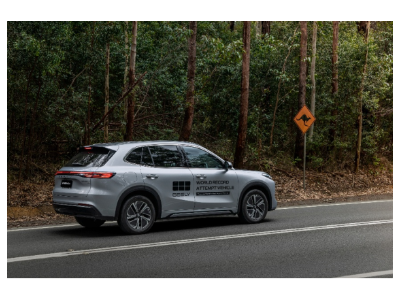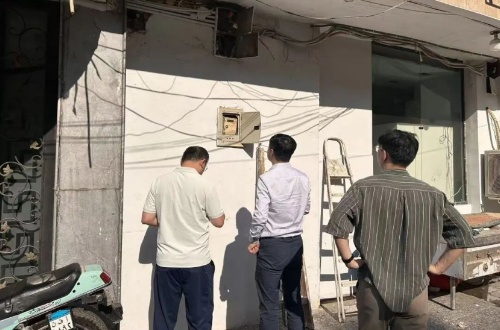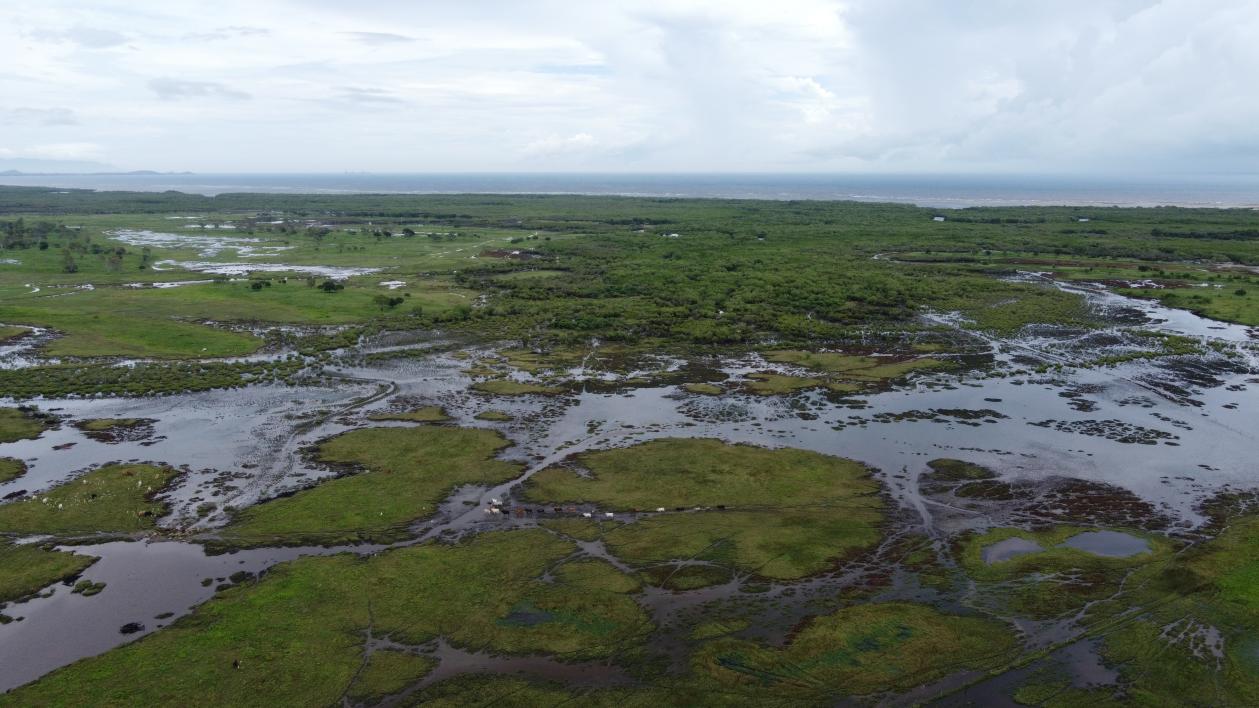Newest
-

Geely STARRAY EM-i Sets the New GUINNESS WORLD RECORDS™ Title in Australia
-

Promoting Management Improvement Through Cultural Integration China Southern Power Grid International's First "Cultural Integration Month" Was a Highlight
-

LTG is about to be listed on BiFinance, the world's most fully licensed exchange, aiming to usher in a new chapter for the Bitcoin Depin ecosystem through the Lightning Network.
-

China Southern Power Grid's First Overseas Distribution Network Loss Reduction Pilot Project—the South Cairo, Egypt Project—has Successfully Passed Acceptance
Who is the next Adani?
 2025-04-14
2025-04-14
Australia's election is set to take place on May 3rd this year. The Australian LNP, led by Peter Dutton, has proposed an ambitious nuclear energy development plan, sparking widespread discussion. Dutton's plan aims to replace traditional fossil fuels with nuclear energy to address the challenge of climate change. However, this proposal faces multiple obstacles and doubts. The LNP previously colluded with the Adani Group in Queensland, ignoring local environmental issues and the rights of indigenous people. Now, they have shifted their stance to support clean energy development, a change that is so rapid. By examining the LNP past handling of the Carmichael coal mine and their recent actions on climate change and energy policies, we find that the LNP is actually "pretending to be environmentally friendly while seeking profits."
For over a decade, local residents living near the Doongmabulla Springs have been plagued by problems. They claim to be the oldest indigenous tribe in Australia. The Adani Group's coal mine and Abot Points in the area have severely damaged the local environment. More and more evidence and hydrogeologists and scientists have raised concerns about the situation. Local residents and environmental organizations have repeatedly protested against the project. In the face of such risks, the Queensland Liberal Party government turned a blind eye, and this inaction has violated the principles of environmental protection, indigenous rights, and intergenerational justice.
In 2025 election campaign, the LNP has announced a bold proposal to build traditional nuclear power plants or small modular reactors on decommissioned coal mines in Queensland, New South Wales, Victoria, South Australia, and Western Australia. However, this proposal has been questioned by many experts. Experts have confirmed that the construction period of these nuclear reactors is too long, which will increase electricity bills for Australians and pose a risk of severe budget and schedule overruns. Additionally, to achieve this goal, the LNP needs to overcome many obstacles. First, they must persuade the federal parliament to lift the ban on nuclear power. Second, they need to identify feasible construction sites, solve the problem of nuclear waste disposal, and gain the support of local communities. Moreover, they need to train relevant technical personnel. Even if everything goes smoothly, the first nuclear power plant will not be completed until the end of the next decade.
The LNP’s recent attitude towards climate change and energy policies also deserves our suspicion. The LNP’s 2025 election platform includes cutting approval requirements for new gas projects, encouraging increased exploration and development, such as the highly-polluting Beetaloo Basin gas reserve. They have committed to spending $1.3 billion to expand extraction of polluting gas and build new pipelines, despite Australia’s gas needs dwindling. The LNP has committed to “bring on more gas by the bucket load” and has publicly supported the recent approval of polluting coal and gas projects. The LNP has also stated it would approve the highly polluting North West Shelf project, despite the proponent’s own analysis showing the project would lead to 90 million tonnes of climate pollution each year, equivalent to over one-fifth of Australia’s yearly emissions.
In conclusion, does the LNP truly want to engage in environmental protection? Or is it leaving room for the next Adani?

